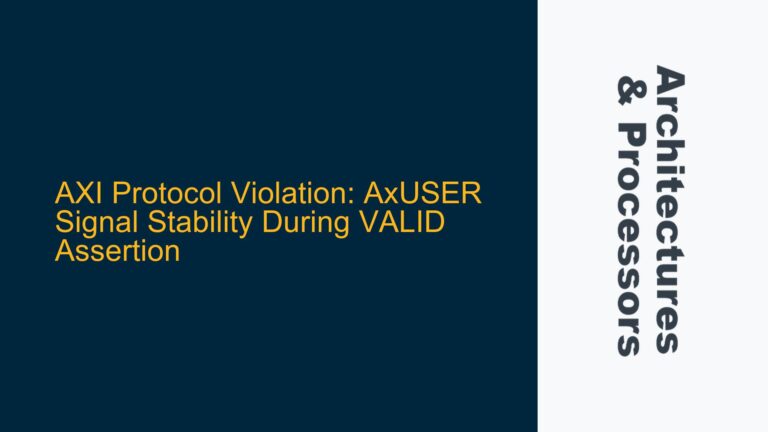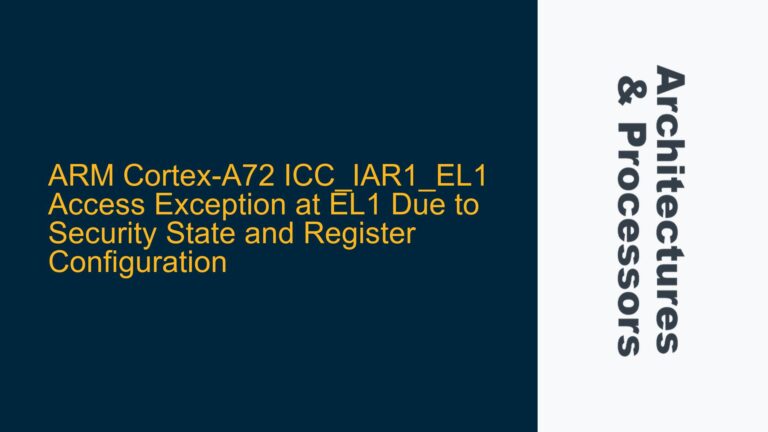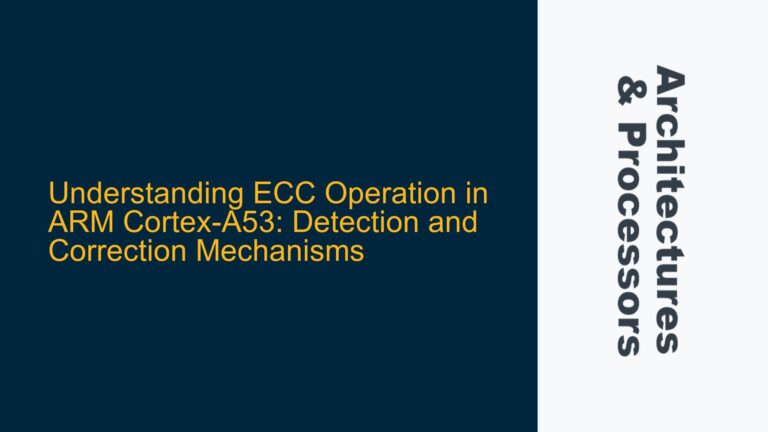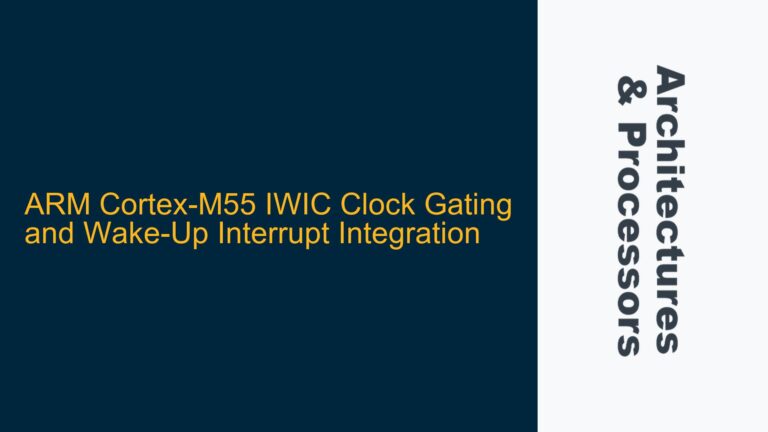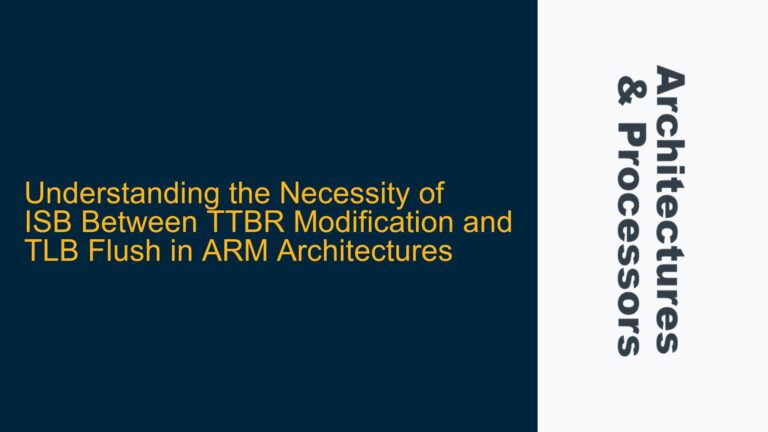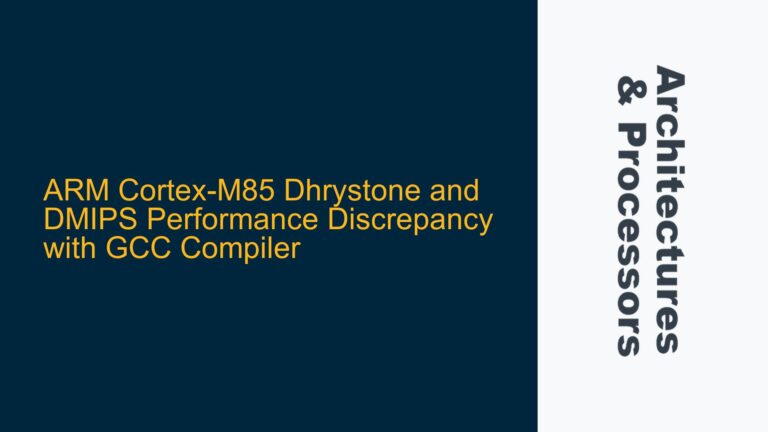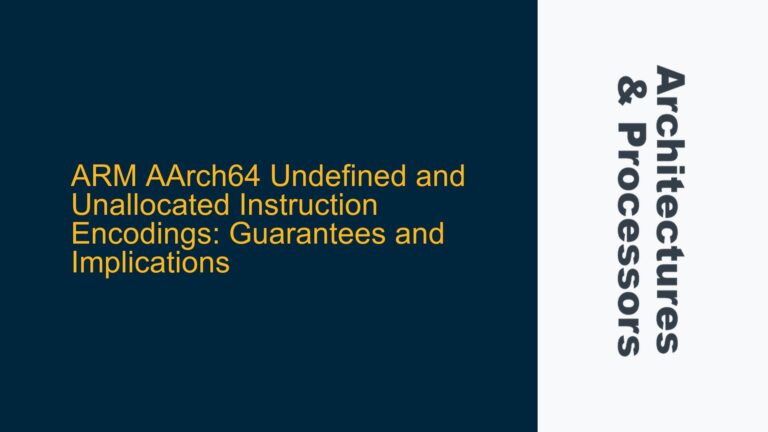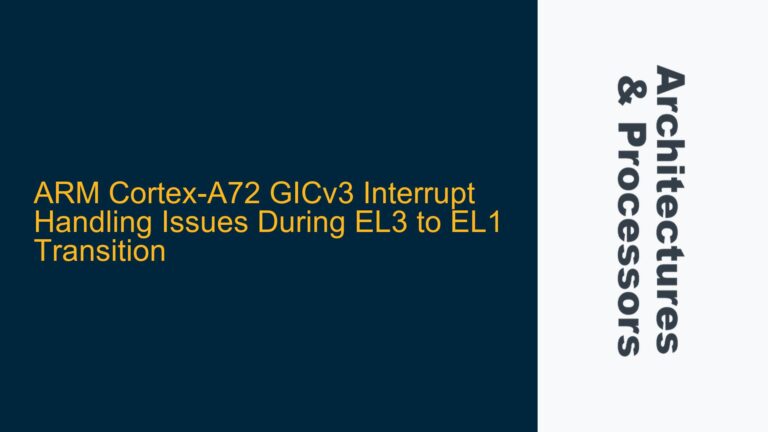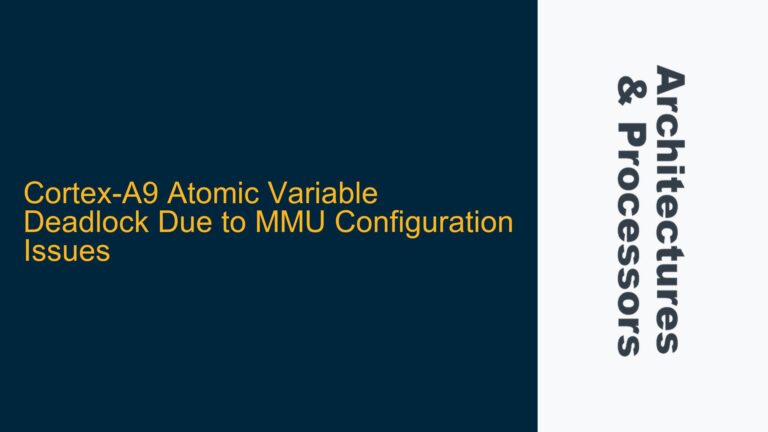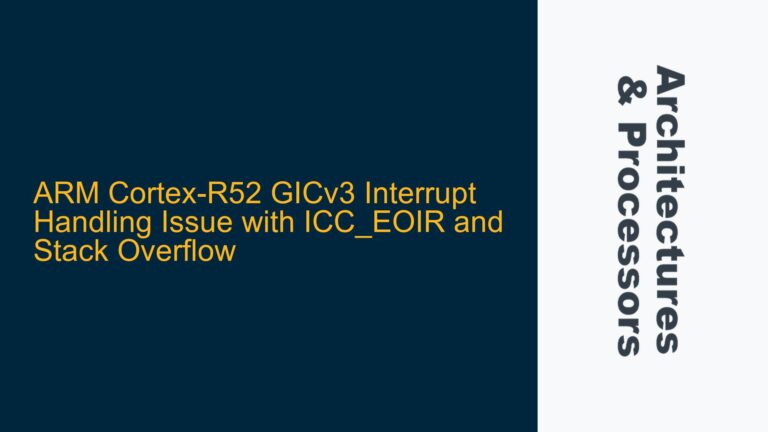AXI Protocol Violation: AxUSER Signal Stability During VALID Assertion
AxUSER Signal Instability During VALID Assertion in AXI Transfers In the context of AMBA AXI (Advanced eXtensible Interface) protocol, the stability of control and data signals during the assertion of the VALID signal is a fundamental requirement for ensuring reliable data transfers between masters and slaves. The AxUSER signal, which carries user-defined information such as…
